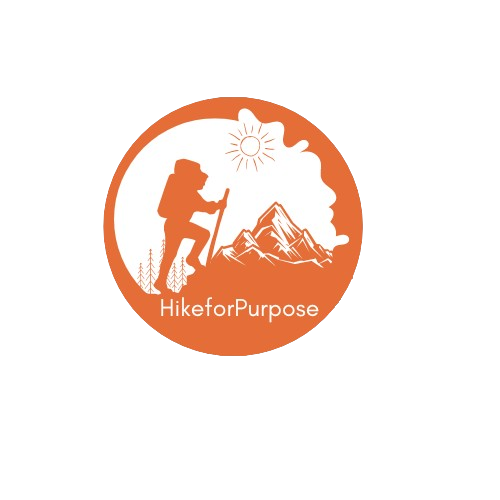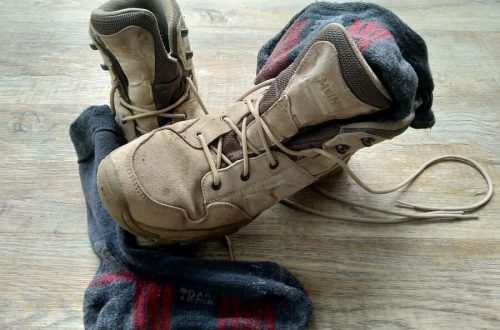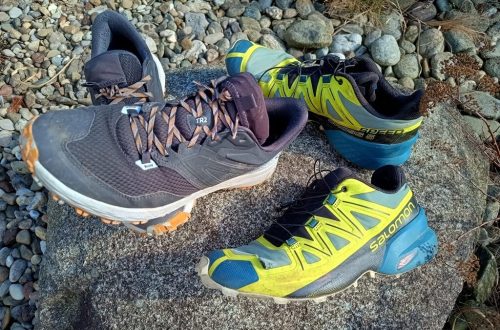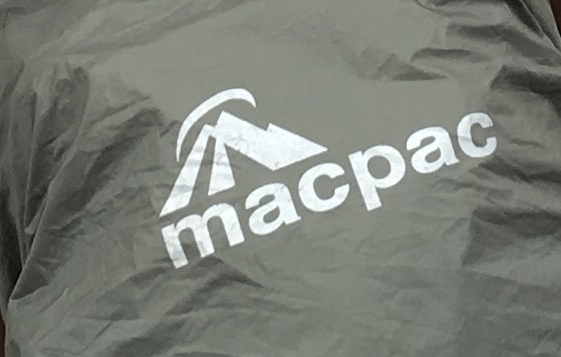
Rain protection for your hiking backpack
Water and rain are the enemy while out hiking and backpacking. If your sleeping bag gets soaked your in for a tough and dangerous night. In this article we will cover protecting your gear from rain and water.
Hiking is an outdoor activity, unsurprisingly you can get wet while exposed to the elements. Keeping your gear dry is essential to keeping your hiking trip fun and safe. It is true that at some point after a week of solid rain you will never be truly dry. But there are certain steps and precautions you can take to minimizing it as much as possible.
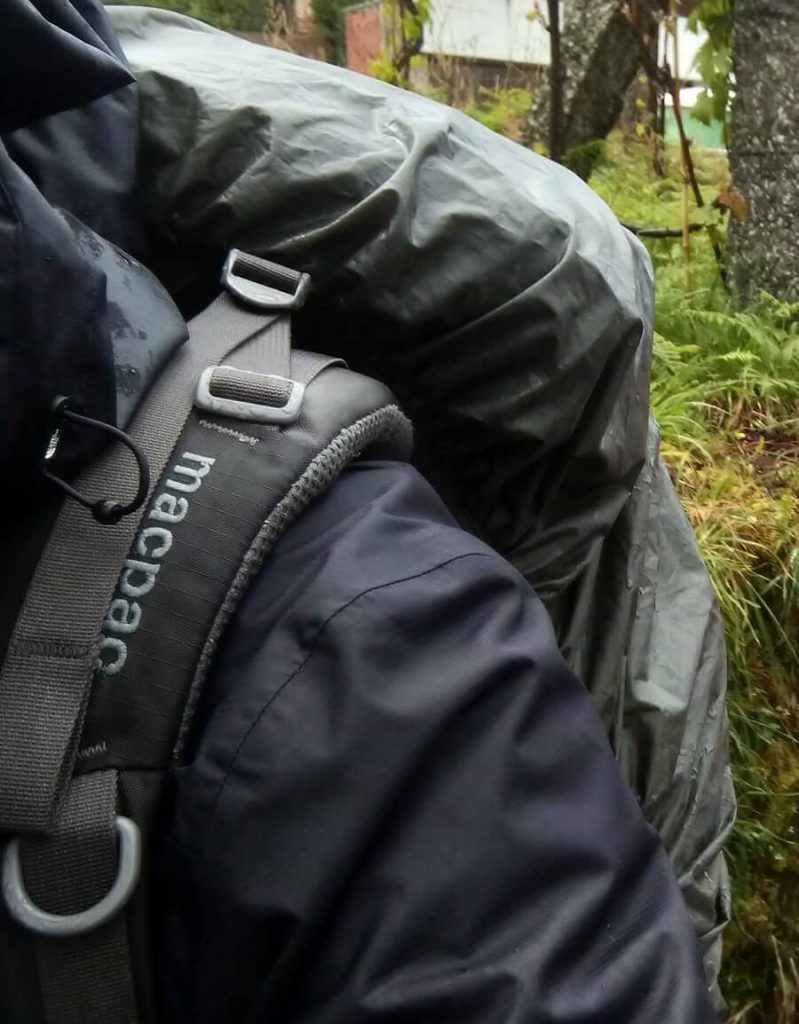
Sort of backpack
It depends on the sort of backpack you have or the backpack you are going to get. Most traditional internal frame backpacks come with a rain cover included, usually at the bottom of the backpack or at the very top compartment. In my experience they are a great first layer of protection against the rain. But you should not trust them completely to keep out all the water away from your gear.
Internal frame backpacks get made from a variety of non waterproof materials. Like Cordura, rib-stop nylon and polyester. These synthetic materials are not waterproof but can handle on their own a short rain drizzle. However it is highly recommended to put on your rain cover as soon as or just before the first rain drop falls.
Other newer type of ultralight backpacks have a model type that sort of looks like a big drybag with a roll top closure. These backpacks are usually waterproof and offer more protection against the rain then the regular internal frame backpacks. Still I would recommend to keep the important gear in a second layer of waterproof material for extra peace of mind.
Rain covers
Rain covers are the most used rain protection for your backpack. They are made by the same company and should fit perfectly around your backpack. I would not choose an internal frame backpack if it did not have a rain cover supplied with it. If you have to buy them separately then they are around the 20 dollar mark. Pay attention to the sizes that come with them and make sure to pick the right one for your liter size.
Backpack rain covers work with a bungee cord around the sides of the rain cover and can be put around the backpack leaving the part that sits on your back exposed. On my model of MacPac backpack there is a small cord that makes sure you do not loose it on the top of the rain cover. With most backpacks that I have seen the same is true.
The rain covers tend to wear out after a couple of seasons out hiking depending on your level of use. Replacing them can be done easily.
Ponchos
Rain ponchos are either loved or hated by the hiker, some hikers swear by rain ponchos and some don’t. I would suggest trying one out if it is something you like using. They are most of the time much more affordable than a high end Gore Tex jacket.
If you want to go the Poncho route you can also opt for the larger ponchos that have a Quasimodo Hump on their back especially for a large hiking backpack. This means that you have your entire figure covered in basically a tarp. When you are hiking in clearer areas or on hiking trails this can be a good option. If all your doing is hiking through bush and woods then this tends to snag on everything and eventually tear.
So recommended for cleared out hiking trails and plains but not so much for hiking through denser woods.
Garbage bag liner
Keeping that first layer of waterproof material in good order is your first layer of defense. Your second layer of defense should be on the inside off your backpack. A thick Garbage bag comes in to play here to keep off any water that may have spilled through. Line your entire backpack with a garbage or contractor bag and put all off your gear in there.
A garbage bag is also in times of need a great sitting place, emergency tarp or signaling device. Get the big tough orange ones for that. If you have read the book from Less Stroud Survive, you can tell he is a big supporter of the orange garbage bag for survival. A good book to read!
Drybags for your gear
Drybags come in many different shapes and sizes. The ones from Sea to Summit are among my favorites. For my food bag I carry a bigger one in the thicker waterproof material. And my gear like my sleeping bag, sleeping pad and sleeping bag liner I keep in a inflate bag for my Exped pad. Which doubles as a dry bag.
This way I can always be sure that the important stuff remains dry in even the worst circumstances.
Have separate high visibility colour drybags for different stuff, that way you can identify them easily in low light situations. My electronic gear like my battery pack for charging my phone. Charging cables, headphones and headlamp all go in an orange drybag. My food goes in a light green dry bag that can also be used as a bear bag for hanging up in a tree. And a light blue dry bag holds all my clean clothes.
Taking care how you put it down on the ground
When taking a break and putting your backpack down on the ground always make sure that your rain cover covers the bottom of the backpack. So that the bottom does not touch the ground directly.
Another tip is to put it up against a tree when laying it down with the back part that has the harness facing the tree. If you put it down the other way around the harness and back part gets soaked in record time.
If you have any more tips on how you keep your gear dry feel free to share down in the comments! Happy hiking and hike for a purpose!


